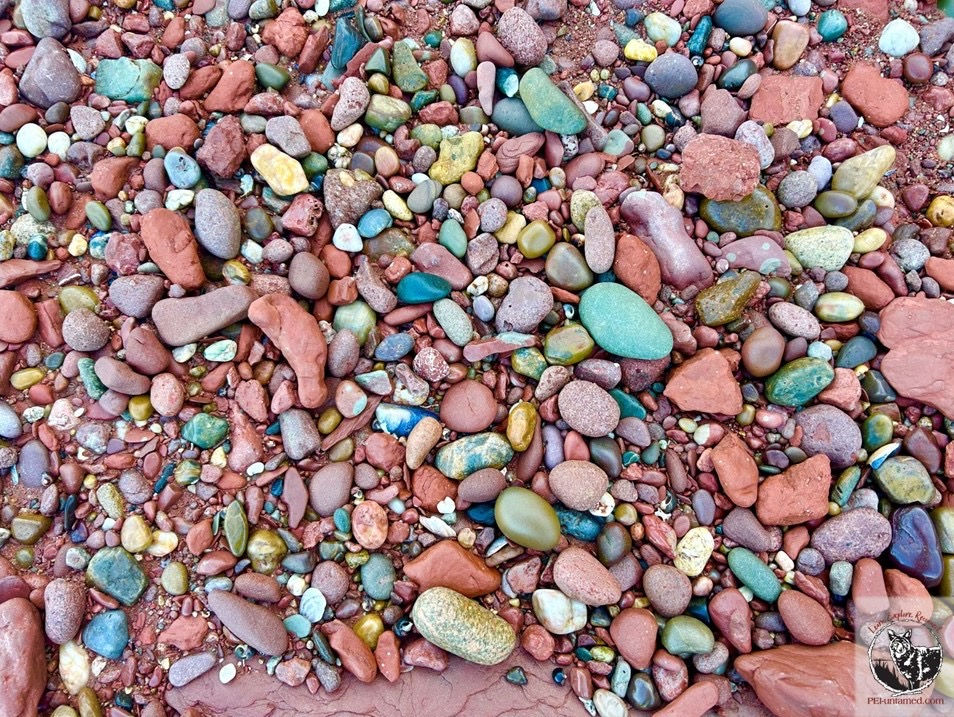Coal
- katemacquarrie22
- Jan 3, 2024
- 2 min read
I hope you didn’t find a lump of coal in your Christmas stocking, but did you know you can find it along PEI’s shores? Let’s start the year with a look at this interesting piece of Island natural – and human – history.

PEI’s sandstone records the transition from the swampy Carboniferous Period (aka Coal Age) that ended about 299 million years ago to the monsoonal Permian Period that followed (you can read more about that here: https://www.pei-untamed.com/post/permian-to-present-2-fossils). Prehistoric vegetation fell to the ground when it died, just as our modern-day plants do today. Under certain conditions, vegetation decomposes very slowly into peat. If you apply heat, pressure, and lots of time (tens of millions of years) to peat, you get coal.
When it comes to coal formation, prehistoric forests had three major differences from those we see today. First, they were tropical and swampy; peat needs wet, low-oxygen conditions to form. Second, as the continents to collided to form Pangea, mountains and depressions were created. Large depressions (called basins) served as perfect areas to allow peat to form and be transformed into coal.
Lastly, we have fungi. There is some evidence to suggest that early fungi hadn’t yet developed the ability to digest lignin, an important component of plants that gives them structure and strength. Without the decomposition services of fungi, more dead plants remained on the landscape to be transformed into coal. The end of the Coal Age is marked by changes in climate, continental positions, and fungal evolution; all may have contributed to the subsequent decline of coal production. Coal is still being formed today, but without those ideal Coal Age conditions, it’s unlikely we’ll ever see a recreation of large coalfields.
Roughly 299 million years later, coal played a critical role in human history, fuelling the Industrial Revolution. In 19th century PEI, Governments and geologists were eager to explore for all possible mineral wealth, and our first detailed geological survey was completed in the 1840s by Abraham Gesner. Despite high hopes for coal, only a few thin seams were found (mostly around Hillsborough Bay). That didn’t deter later exploration though: during the 1900s, at least two dozen test wells were drilled on and around PEI in search of coal, oil, and natural gas.
While the Island lacks the coalfields of the mainland, it’s not uncommon to find bits of this lightweight, black rock here (Photo 1). I most often find it around Hillsborough Bay, where some of it may have come from the local seams found by Gesner, but most are likely remnants of the age of coal-fired steamships and schooner-loads of coal imported to Charlottetown. I’ve also found it along the Confederation Trail, leftover from coal transport to rural communities and the coal-fired steam engines that travelled the rails until 1949 (when they were converted to diesel).
PEI didn’t have coal to mine, but we did have lots of its precursor: peat. Next week we’ll take a look at that part of PEI untamed!



